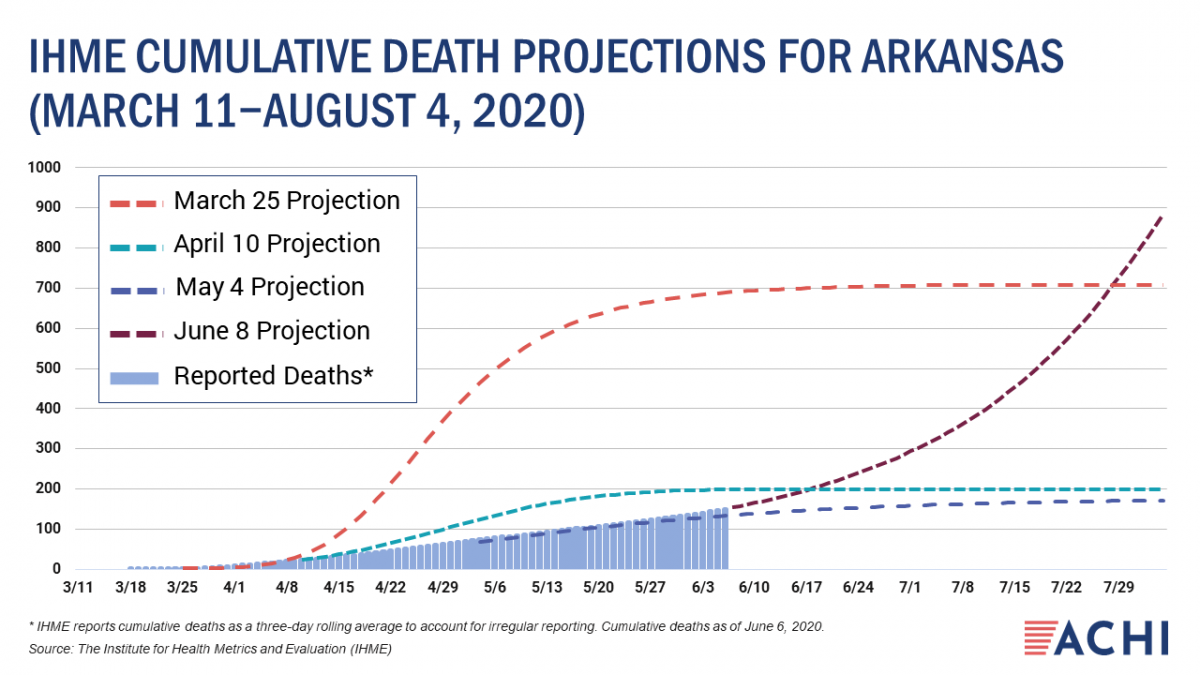
Researchers are using mathematical modeling to make projections about the spread of COVID-19 and the deaths it will cause, with the goal of informing public health policies and measures in response to the current pandemic.
Various models have emerged since the start of the pandemic. In the United States, there are currently more than 20 COVID-19 cumulative death models that provide national- and/or state-level projections, each with varying methodological approaches and guiding assumptions. For example, the Massachusetts Institute of Technology model uses a common epidemiological approach known as SEIR (susceptible, exposed, infectious, and recovered), while the Institute of Health Metrics and Evaluation (IHME) model now uses a hybrid of IHME’s own statistical model and SEIR. The Centers for Disease Control and Prevention uses an “ensemble forecast” of numerous models.
 Models have changed over time as more information about the disease and data on the pandemic become available and in response to changing public health policies and measures. For example, the March 25, 2020, IHME cumulative death projections for Arkansas estimated 707 deaths by Aug. 4, but the number was lowered to 171 deaths in the May 4 projection. In the latest projection, from June 8, the estimate was increased to 885 deaths projected by Aug. 4.
Models have changed over time as more information about the disease and data on the pandemic become available and in response to changing public health policies and measures. For example, the March 25, 2020, IHME cumulative death projections for Arkansas estimated 707 deaths by Aug. 4, but the number was lowered to 171 deaths in the May 4 projection. In the latest projection, from June 8, the estimate was increased to 885 deaths projected by Aug. 4.
While models are not without limitations, they provide useful information for policymakers as they balance putting into place policies and measures to combat the COVID-19 pandemic and reopening their economies.
Read the full column on Talk Business and Politics.
For further reading, see ACHI President and CEO Dr. Joe Thompson’s column in the Healthcare Journal of Arkansas on the mental health impacts of the pandemic.






